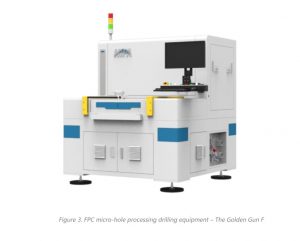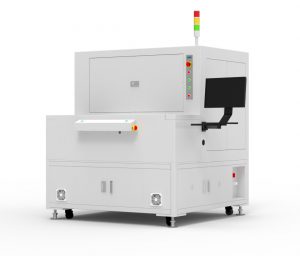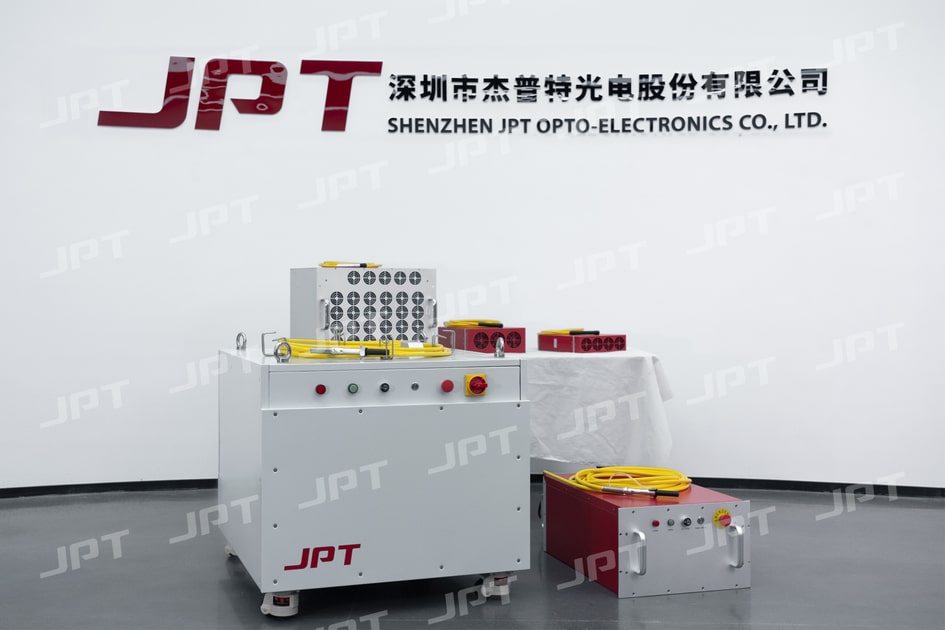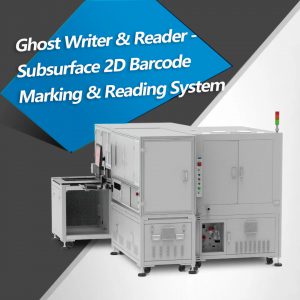Table of Contents
A laser rust removal machine may be more efficient and economical than physical and chemical cleaning methods. It is also an intelligent strategy for mitigating any adverse effects on Mother Nature, an essential factor to consider.
It is also an effective method for eliminating rust from metal substrates and product components. Removing rust and oxide deposits with a laser cleaning system is possible. It can be cleaned quickly and thoroughly without harming the underlying metal.
Rust Laser Removal Process
When a material lies on a surface or a layer of material is eliminated using only a laser beam, the process is known as laser ablation. It is often referred to as laser cleaning. This may be interpreted as the removal of a coating. At its heart, laser rust removal on metal and other components is the ablation process that uses lasers to remove the rust.
On the other hand, a material’s laser ablation will only occur if the energy of the laser beam that is incident on the material is greater than the material’s ablation threshold. The molecular bonds that make up a substance give it its distinctive ablation threshold.
Suppose the ablation thresholds of two different materials are sufficiently different from one another. In that case, the ablation of one material during laser cleaning will have minimal impact on the other material.
Applications of Industrial Laser Cleaning
1.Pre-Welding Treatment
Laser rust removal is a highly selective method that can improve the reliability of your welded components in a short amount of time. After the rust and dirt layers are entirely removed, the number of pores in the welding joints is drastically reduced, and their size is two to three times smaller. As a result, the welds’ yield point, tensile strength, durability, and fatigue resistance have been enhanced.
2.Pre-Coating Treatment
It is extremely important that any oxides be removed before painting any parts that have been welded, as this will protect the coating from degrading over time. The same happens if there is rust on the surface before the coating process occurs. Rust can be removed entirely using a laser cleaning process, ensuring that any coated parts you produce will be of the highest possible quality.
Advantages and Disadvantages of Cleaning Rust Laser
When a laser is used for cleaning, neither the person operating the machine nor the area around it are put in harm’s way. Almost no waste is produced, no need for additional cleaning, and no additional strain is placed on the environment. All required is training in laser marking, a pair of safety goggles, and an optical danger zone that is kept separate from other areas to prevent injuries.
While not affecting the substrate, laser cleaning devices for rust removal can extract and eliminate chemicals. It not only gives you the peace of mind that the components will last forever, but it also helps you save money on the expense of replacing or buying a new one.
However, laser cleaning is not always appropriate and relevant for all substrates. Although it is one of the simplest and quickest methods for removing toxins from the surface of metals and non-metals, it is not always applicable to all substrates. Larger surface areas typically require more cleaning time and may not produce the desired results when using laser technology. However, the method performs well for cleaning small, focused substrate areas.
How to Choose a Laser Cleaning Machine for Rust Removal?
When selecting a cleaning laser, there are two primary factors: delivery system and power level. What is appropriate for your project requires understanding the project’s needs and your operations’ requirements.
1.Choose the right laser delivery system you will need
Handheld and automatic delivery options are available for laser cleaning. Handheld options perform effectively well for projects that require mobility, distinct surface geometries, and variable quantities of parts. However, an automated delivery system is preferable for routine, repeated cleanings.
2.Power level selection
When it comes to laser cleaning, there is no universal method that can be applied. Because of this, cleaning lasers come in three different power ranges, each of which is customized to a specific set of requirements:
The Low-Power Laser Solutions
Low-powered is not synonymous with ineffective. Low-power laser solutions offer a gentle, high-precision cleaning ideal for historic renovation, de-coating, and limited treatment areas. It uses short laser light pulses with the same intensity as other operated cleaners but is suitable for products such as artifacts, valued keepsakes, and any application requiring gentle cleanup.
The Mid-Power Laser Solution
Mid-power lasers can quickly clean larger areas than low- or high-power ones. It’s fully digital, and you can operate it with ease. The optics system that backs up each laser makes it ideal for removing paint and lubricant from planes before welding and eliminating corrosion in specific areas on plane wings.
The High-Power Laser Solution
High-power laser systems are among the most potent available. The app’s interface is intuitive, with a touch screen and live adjustments. It is superior to other lasers in energy output per laser light pulse. It is ideally suited for industrial applications such as removing harmful coatings, decontaminated nuclear facilities, and eliminating metal corrosion.
Recommended Laser Cleaning Machine
JPT provides one-stop customized laser cleaning solutions. Not only the laser cleaning machine, but also a full range of services. Their professional technicians will suggest, and even finely configure the parameters of the equipment according to the customer’s application requirements.
The professional laser machine developed by JPT, the CL series laser cleaner, is highly recommended for laser cleaning. The CL lasers use a configuration known as a master oscillator power amplifier or MOPA for short and exhibit superior laser efficiency and a high degree of controllability over the shaping of temporal pulses. It is possible to effectively maintain the peak power of the laser through the adjustment of varying parameter configurations.
JPT manufactures higher-power laser machines for cleaning, such as 500W or 2000W, and these machines are suitable for more material processing than can be accomplished with a Q-switch laser. The CL series laser, designed with an ultra-light output connector while also being an anti-high reflection, is undoubtedly the superior choice for use in handheld or robot cleaning systems.
If you have any needs with rust removal, you are always welcome to contact JPT for a further detailed solution.

HiPA Solutions – Laser Micro Hole Drilling
Flexible circuit boards, referred to as FPC are widely used in consumer electronic products such as microelectronics, 5G mobile phones, laptop computers, and new energy vehicles. Also as electronic interconnects to connect products.

HiPA Solutions – Laser Ink Removal
Ink is an important material for printing. By printing or inkjet, patterns and characters are displayed on the substrate. Among them, screen printing inks are widely used on the cover glass of various display panels such as mobile phones, computers, smart watches, cameras, etc.
- HiPA Solutions – Laser Micro Hole Drilling - 09/12/2022
- HiPA Solutions – Laser Ink Removal - 03/12/2022
- JPT Solutions – Thick Glass Cutting with Ultrafast Laser - 03/12/2022



